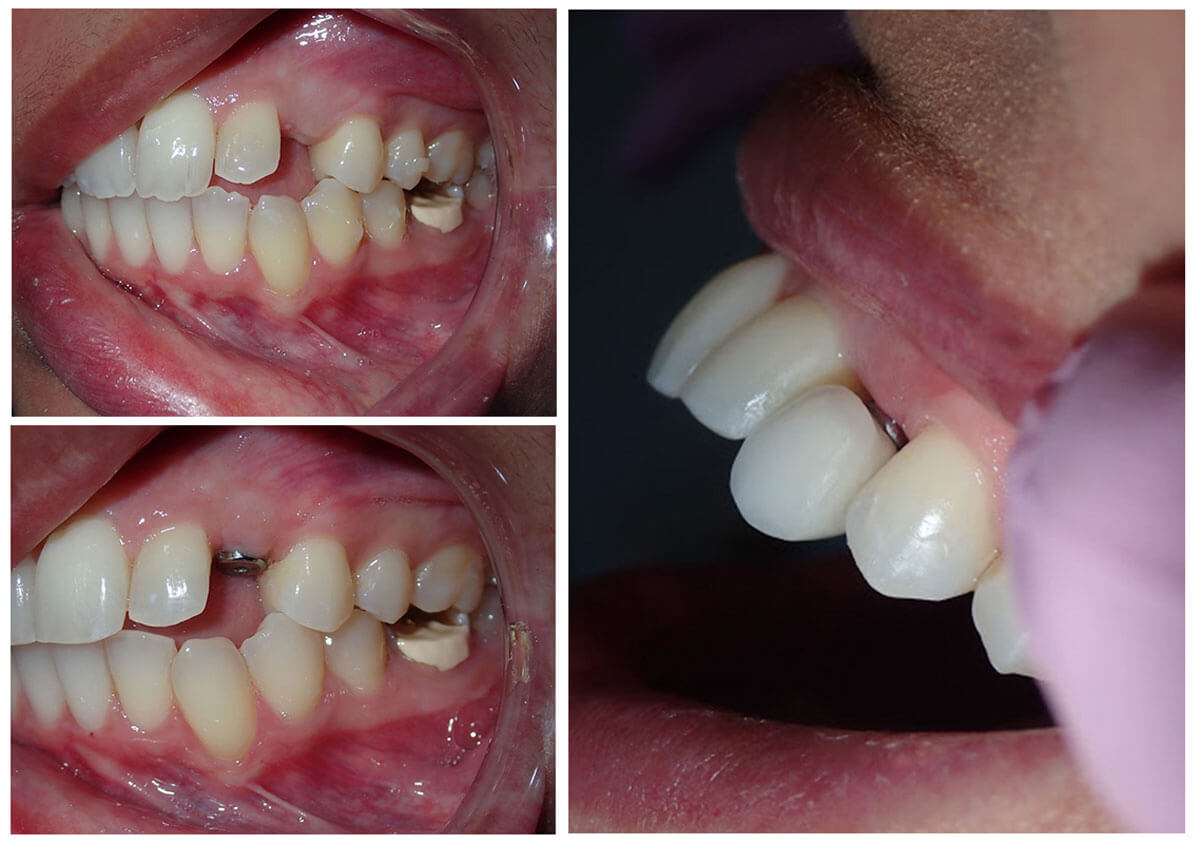The Ultimate Guide To Dental Implants
Everything about Dental Implants
Table of ContentsHow Dental Implants can Save You Time, Stress, and Money.Unknown Facts About Dental ImplantsSee This Report on Dental ImplantsThe 8-Second Trick For Dental Implants
are medical devices operatively implanted right into the jaw to restore a person's capacity to eat or their appearance. They give support for synthetic (phony) teeth, such as crowns, bridges, or dentures. When a tooth is lost due to injury or illness, an individual can experience issues such as fast bone loss, defective speech, or modifications to chewing patterns that lead to pain.
Structure of The Dental Implant System choosing dental implants, talk to your oral service provider regarding the prospective benefits and threats, and whether you are a candidate for the treatment. Things to think about: Your overall health is an important variable in establishing whether you are a great candidate for oral implants, the length of time it will certainly take to recover, and how much time the implant might remain in area.
Smoking cigarettes may affect the recovery process and lower the long-lasting success of the implant. The recovery process for the implant body might take several months or longer, throughout which time you commonly have a momentary abutment instead of the tooth. the dental implant treatment: Very carefully comply with the dental hygiene guidelines provided to you by your dental company.
The Basic Principles Of Dental Implants
Implant failing can result in the demand for another surgery to take care of or change the dental implant system. Restores the ability to chew Recovers aesthetic appearance Assists maintain the jawbone from reducing as a result of bone loss Preserves the health and wellness of the bordering bone and gums Aids keep surrounding (neighboring) teeth stable Improves high quality of life Damages to bordering natural teeth during implant placement Injury to the surrounding tissues during surgical treatment, such as sinus opening Injury during surgical treatment (as an example, crack of surrounding jawbone) Poor feature, such as really feeling like the teeth do not attack with each other generally An experience that the tooth is loosened or turning in position resulting from a joint screw loosening up Implant body failing (looseness of the dental implant body) as a result of systemic infection, which might be most likely in individuals with unchecked diabetes due to local infection in bone and gums supporting the dental implant body as a result of postponed recovery, which may be a lot more most likely in individuals that smoke Problem cleansing the gum tissues around the dental implant, causing poor oral health Untreated gum disease Post-surgical tingling as a result of nerve impingement or damage Always inform healthcare suppliers and imaging technicians that you have dental implants prior to any type of magnetic resonance imaging (MRI) or x-ray procedures.
FDA is not conscious of any adverse occasions reported for Home Page MRI or x-ray treatments with dental implants. Oral implants systems are normally made from products that comply with international agreement requirements of the International Organization for Standardization (ISO) or ASTM International. These requirements have details of what makes a risk-free material.
Other products such as gold alloys, cobalt-based alloys, titanium alloys, or ceramic products are in some cases made use of. The safety accounts of these products are well-known. Oral dental implant systems are assessed according to international agreement standards. Biocompatibility screening, to show that bodily contact with the device does not cause difficulties like irritability or allergy, is component of the evaluation that assists make certain the materials in the dental implant system are secure and do not cause negative effects when implanted in individuals.

The Best Guide To Dental Implants
Some individuals are not eligible for dental implant surgical treatment. It is for oral cosmetic surgeons to operate individuals with: intense illnessuncontrollable metabolic diseasebone or soft cells disease or infectionIf these issues are settled, a person can have the surgical treatment. Dental Implants. In, oral surgeons abstain from running on people with: If people with any of the above undertake oral implant surgery, there is a higher danger of the dental implant falling short
Some individuals have a jawbone abnormality that stops adequate bone for a dental implant from developing. In such situations, a surgeon may need to execute a ridge adjustment. This includes lifting the gum to expose the area of deformed bone. The surgeon will then utilize a bone or bone alternative to fix and accumulate the area.
Oral dental implant surgery is an individualized procedure. It's not the very you can find out more same for everybody. The following provides a general introduction of what you can anticipate your dental practitioner, dental doctor, periodontist or prosthodontist to do: Place the dental implant operatively. Offer you time to recover. Attach the post and final crown, bridge or denture.
Next off, your surgeon will very carefully position the dental implant into your jaw. Your surgeon will rearrange your periodontals and close the cut with you could try here stitches (Dental Implants). If your dental implant is near the front of your mouth, your dental practitioner will make a short-lived tooth for you to use till you heal. By doing this, you will not have a gap in your smile while you recoup.
Getting My Dental Implants To Work
Your supplier can inform you what to anticipate in your situation. During the healing stage, your jawbone should fuse to the oral implant. This procedure, called osseointegration, is vital for stability and long-term success. This process can take anywhere from three to 9 months. In many cases, it might take much longer.
Once your dental implant heals, your dental professional can connect the abutment (small connector post) and your last reconstruction (crown, bridge or denture). This typically takes regarding one hour to finish and might call for a 2nd minor surgical procedure. You should not really feel any kind of discomfort throughout your dental implant procedure since your provider will certainly utilize medication to numb your gums.